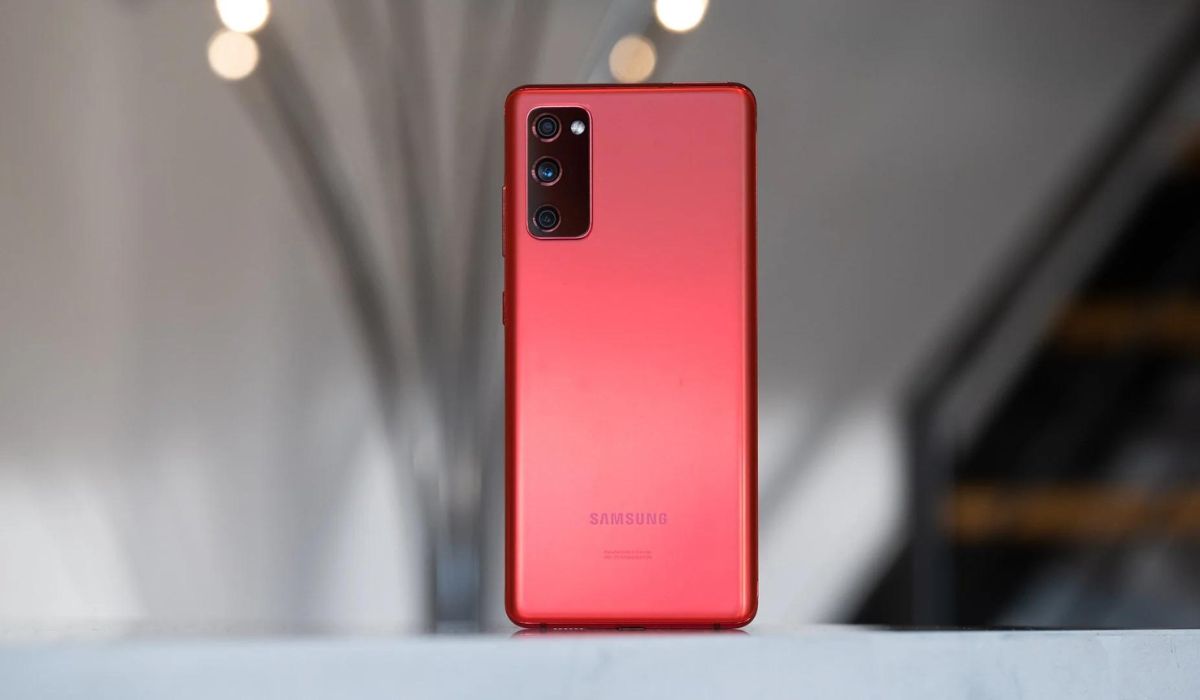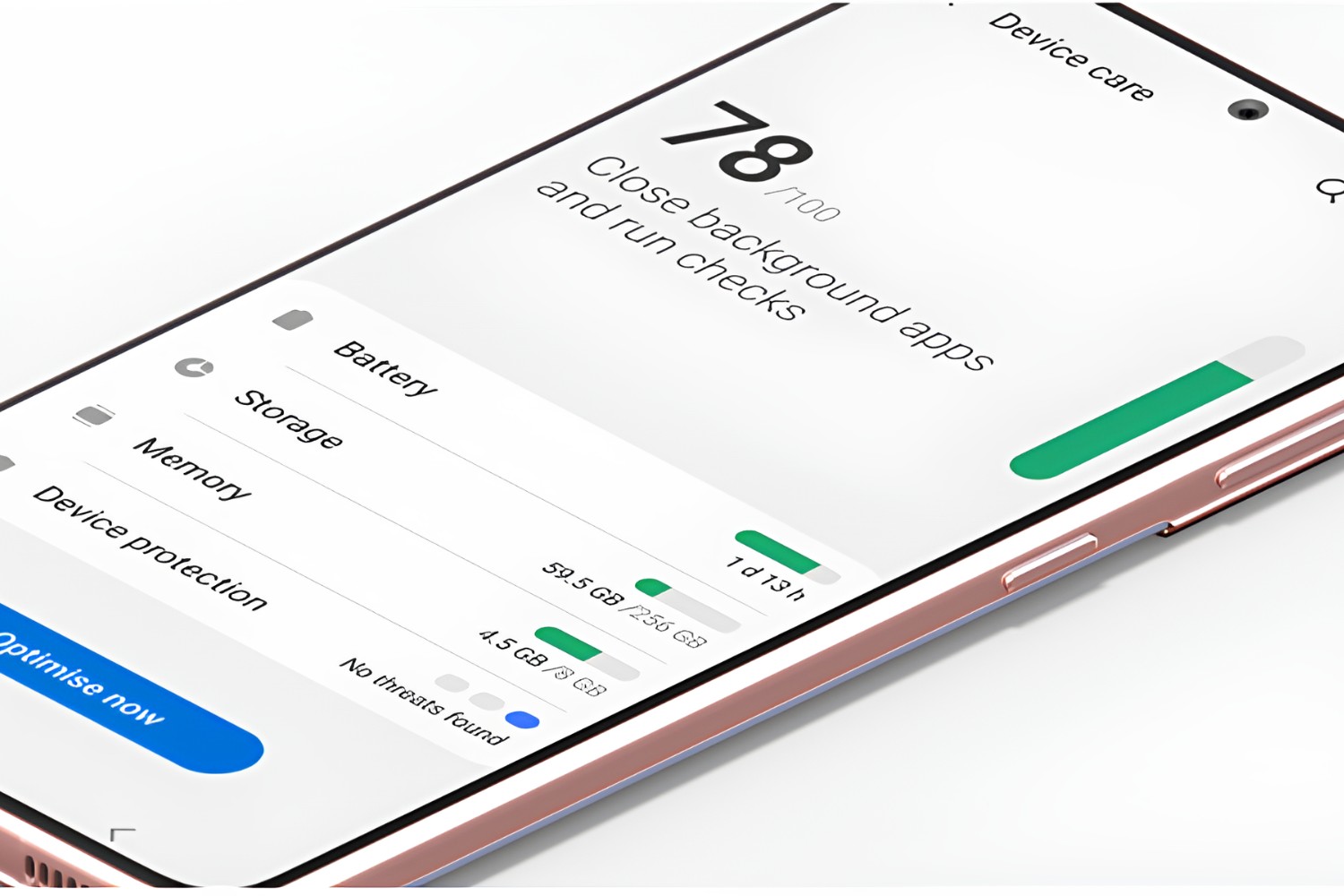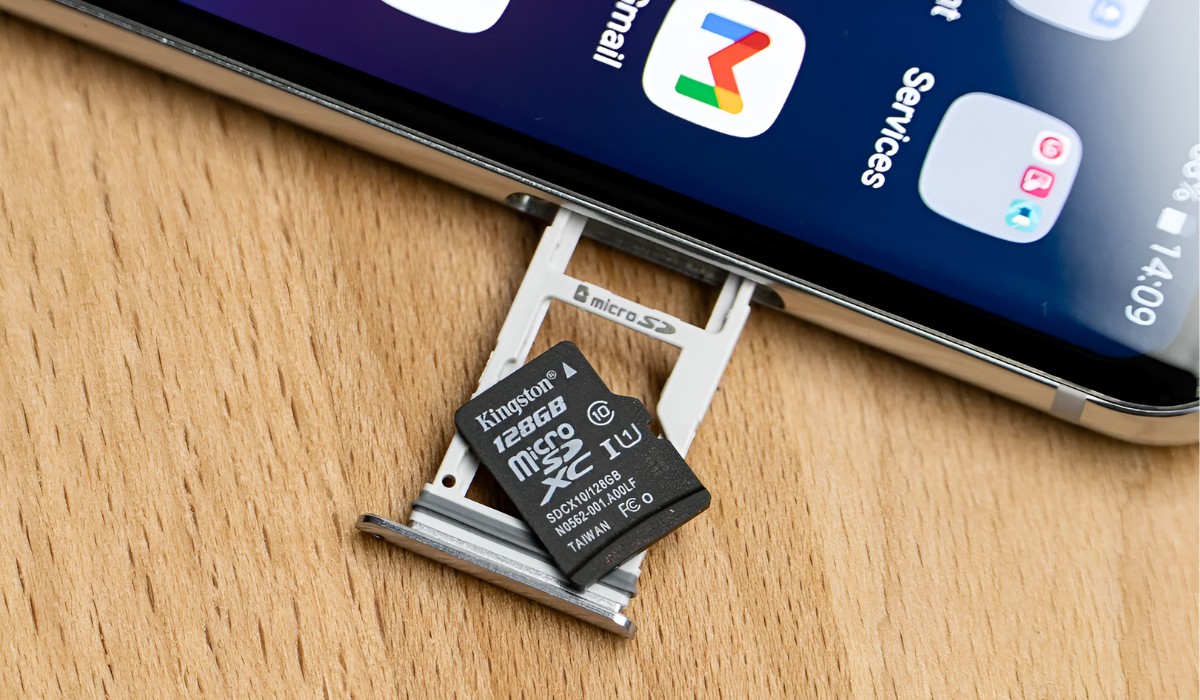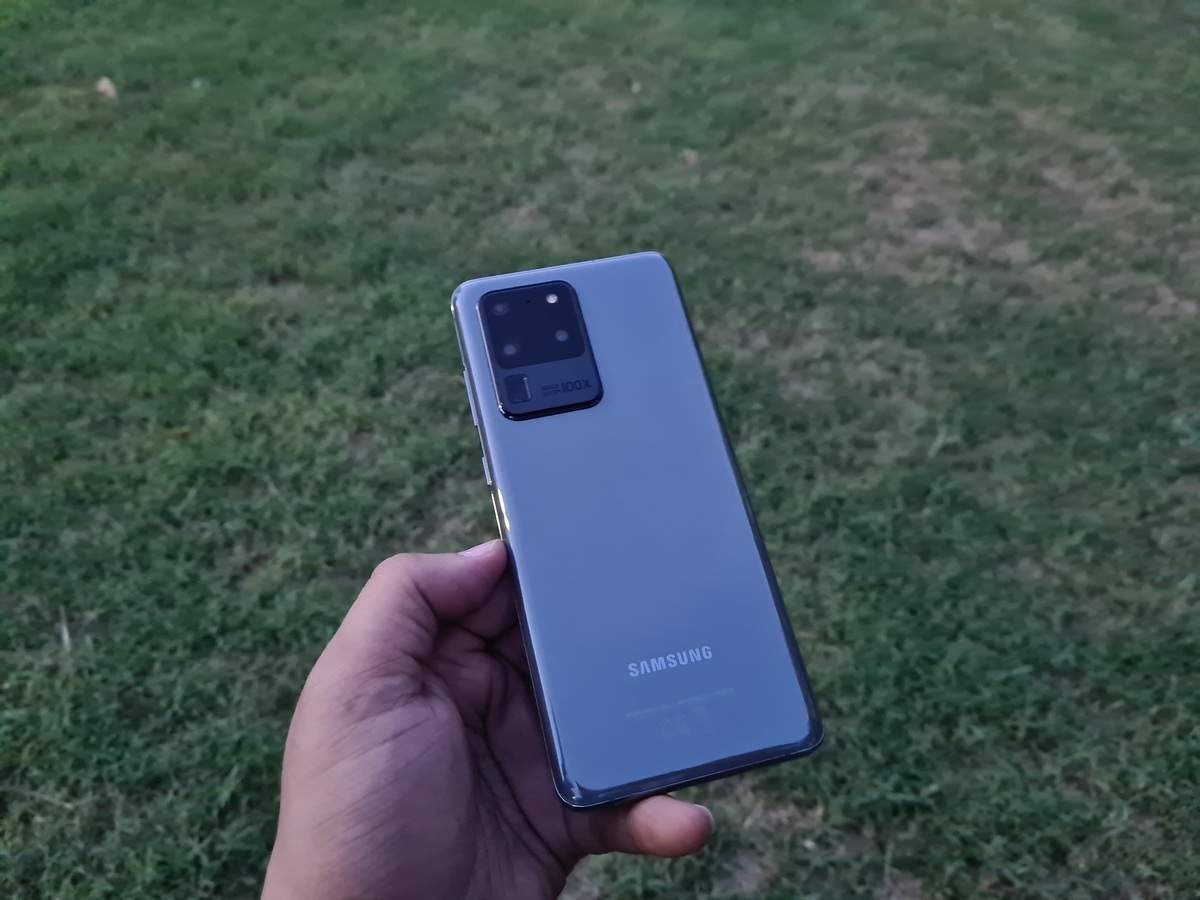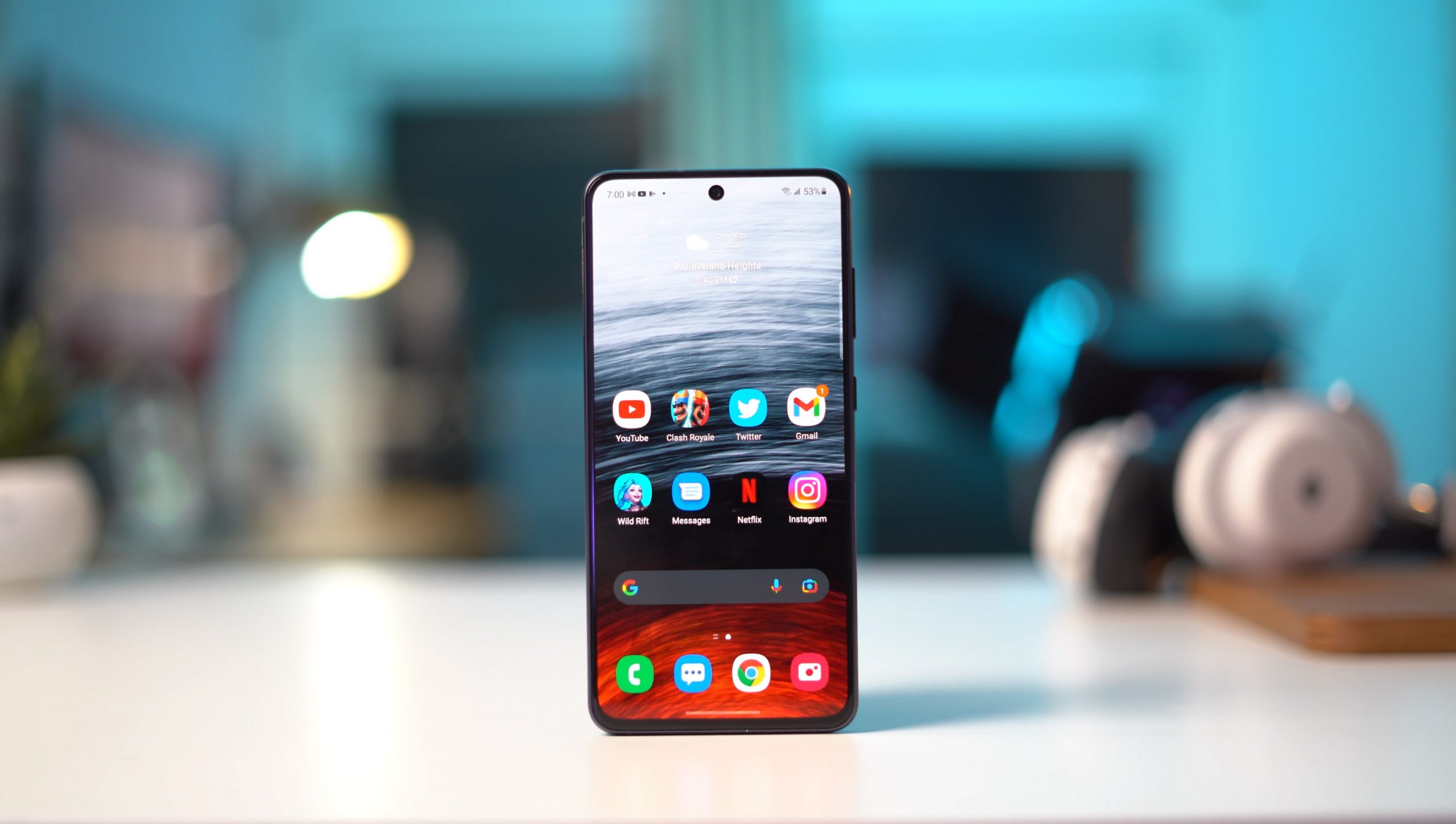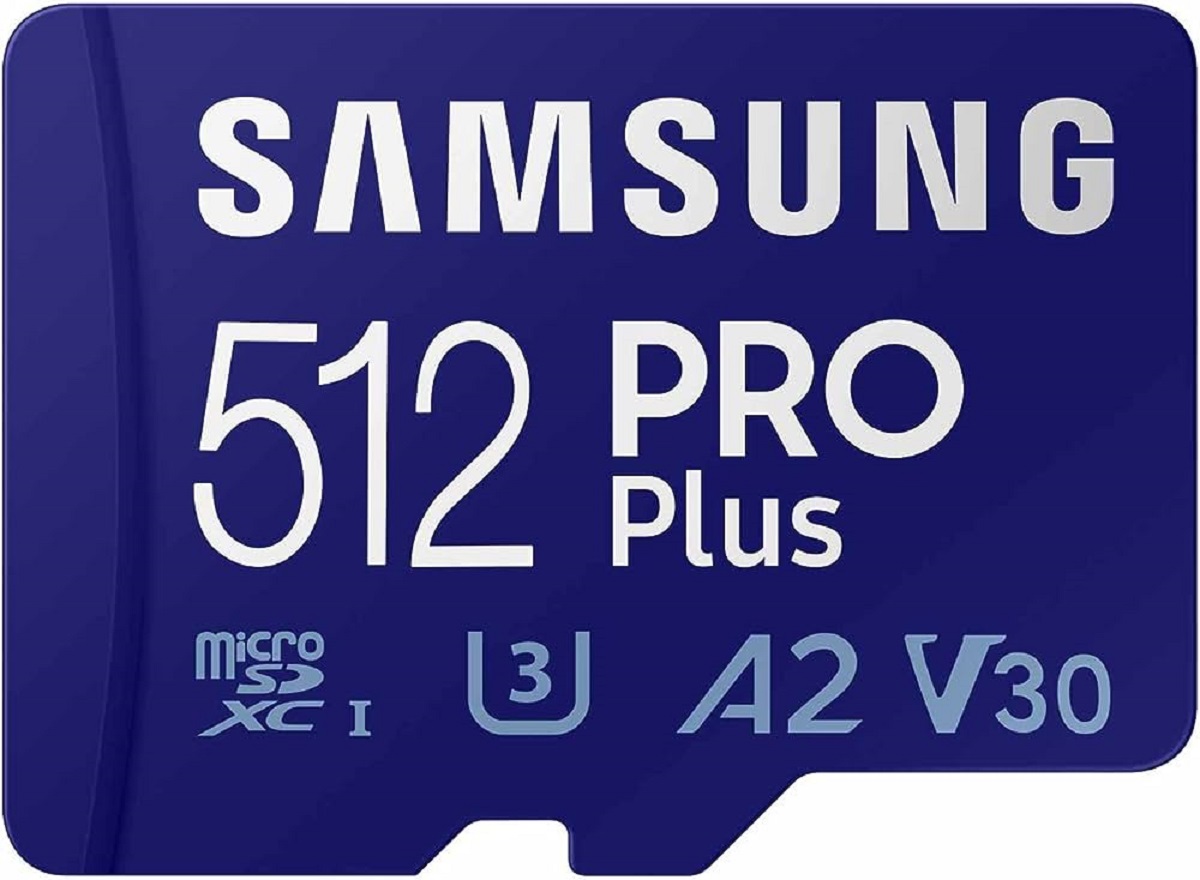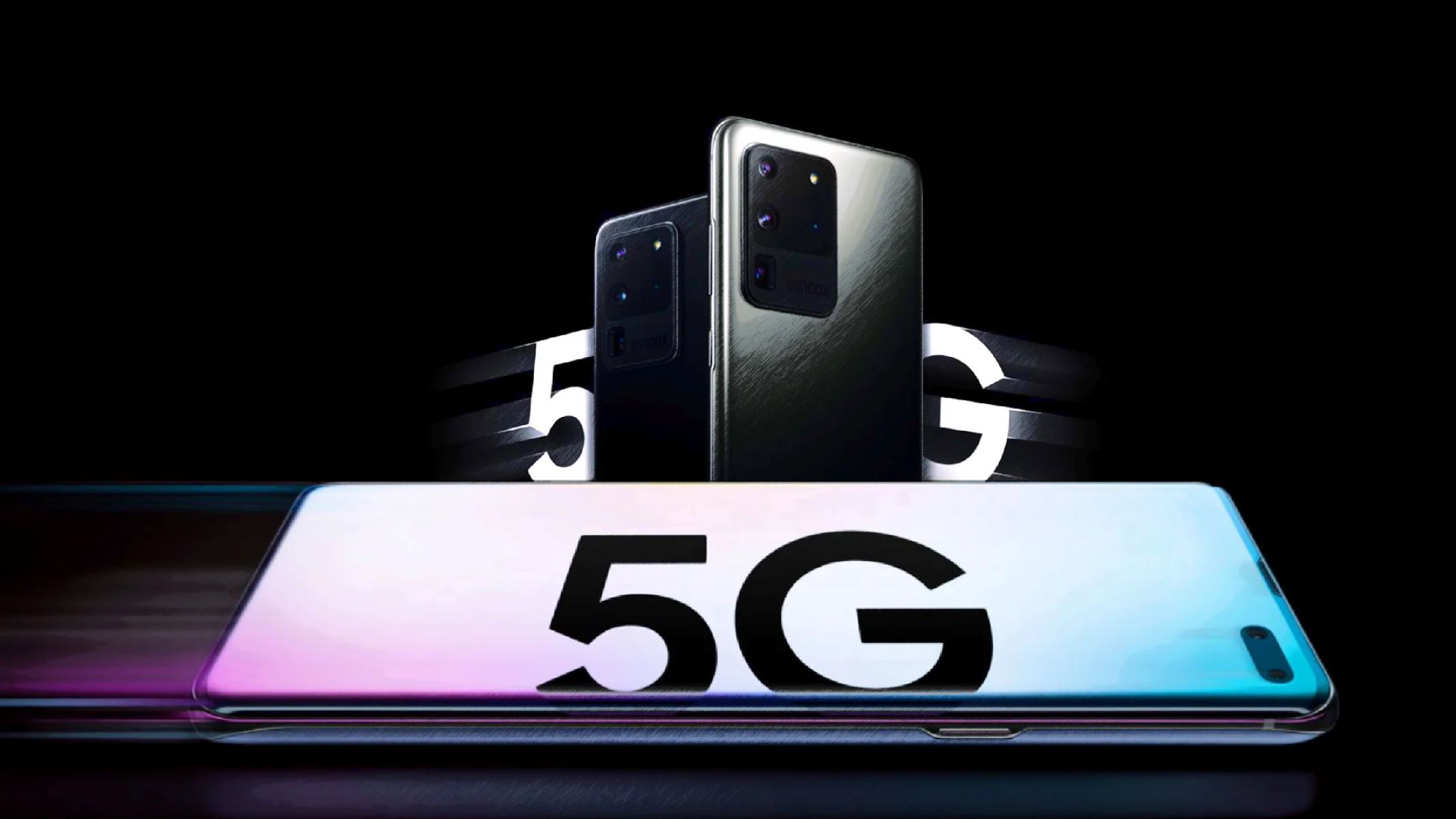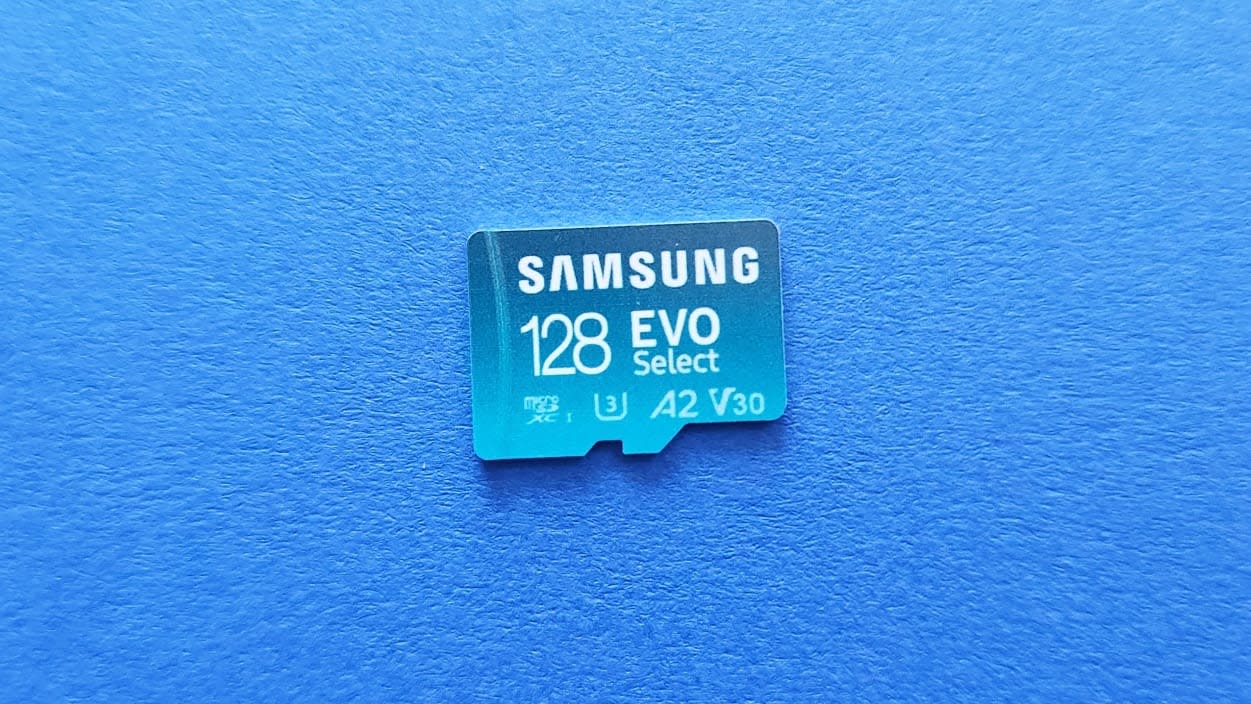Capacity
When it comes to expanding the storage capacity of your Samsung S20, choosing the right SD card is crucial. The capacity of an SD card refers to the amount of data it can store, and it's one of the most important factors to consider when making a purchase decision.
The Samsung S20 is a powerhouse of a smartphone, capable of capturing stunning photos and recording high-definition videos. However, these media files can quickly consume the device's internal storage. This is where an SD card comes into play, offering the ability to store a vast amount of data, including photos, videos, music, and apps.
The capacity of SD cards is typically measured in gigabytes (GB) or terabytes (TB). For the Samsung S20, which supports microSD cards up to 1TB, choosing the right capacity is essential to meet your storage needs. Here's a breakdown of the different capacity options available:
-
32GB: This capacity is suitable for light users who primarily store documents, music, and a small number of photos on their devices.
-
64GB: For those who frequently capture photos and videos in addition to storing music and apps, a 64GB SD card provides a decent amount of storage space.
-
128GB: With this capacity, users can comfortably store a large number of photos, videos, and music files without worrying about running out of space.
-
256GB: Ideal for power users and content creators, a 256GB SD card offers ample space for storing extensive photo and video libraries, as well as a wide range of apps and games.
-
512GB and 1TB: These high-capacity SD cards are well-suited for users with extensive storage requirements, such as professional photographers, videographers, and individuals who rely on their smartphones for both work and entertainment.
When selecting the capacity of an SD card for your Samsung S20, it's important to consider your current storage usage and future needs. Opting for a higher capacity SD card ensures that you have sufficient space for storing media files and apps, allowing you to make the most of your smartphone's capabilities without worrying about running out of storage.
In summary, the capacity of an SD card plays a pivotal role in expanding the storage capabilities of your Samsung S20. By carefully assessing your storage requirements and choosing an SD card with an appropriate capacity, you can ensure that your smartphone remains equipped to handle your media storage needs effectively.
Speed Class
When it comes to selecting an SD card for your Samsung S20, understanding the speed class is paramount. The speed class of an SD card determines its minimum sustained write speed, which directly impacts the performance of the card when handling data-intensive tasks such as capturing high-resolution photos and recording 4K videos. The speed class is denoted by a number inside a partial circle on the card, indicating the minimum guaranteed write speed in megabytes per second (MB/s).
Here's a breakdown of the different speed classes and their respective minimum write speeds:
-
Class 2 (C2): This speed class guarantees a minimum write speed of 2MB/s, suitable for standard-definition video recording and basic photo capture. However, it may not meet the requirements for modern high-resolution content creation.
-
Class 4 (C4): With a minimum write speed of 4MB/s, Class 4 SD cards offer improved performance for capturing photos and recording standard-definition videos. While adequate for casual users, they may struggle with the demands of high-definition content creation.
-
Class 6 (C6): Featuring a minimum write speed of 6MB/s, Class 6 SD cards provide smoother performance when recording high-definition videos and capturing burst-mode photos. They are a step up from Class 4 cards and are suitable for moderate multimedia usage.
-
Class 10 (C10): Offering a minimum write speed of 10MB/s, Class 10 SD cards are well-equipped to handle Full HD video recording and high-resolution photo capture. They are widely recommended for smartphones, including the Samsung S20, to ensure seamless multimedia functionality.
-
UHS Speed Class 1 (U1): Also known as UHS-I Speed Class 1, this designation guarantees a minimum write speed of 10MB/s, aligning with the performance of Class 10 cards. UHS Speed Class 1 is particularly beneficial for applications that demand sustained high-speed data writing, such as 1080p video recording and burst-mode photography.
-
UHS Speed Class 3 (U3): With a minimum write speed of 30MB/s, UHS Speed Class 3 SD cards are designed for capturing 4K and 8K videos, as well as handling high-speed continuous shooting. They are well-suited for professional content creators and users who require top-tier performance from their SD cards.
Understanding the speed class of an SD card is essential for optimizing the performance of your Samsung S20, especially when engaging in photography, videography, and multimedia content creation. By selecting an SD card with an appropriate speed class that aligns with your usage requirements, you can ensure that your smartphone operates seamlessly, delivering exceptional performance and reliability when handling data-intensive tasks.
Application Performance Class
In the realm of mobile devices, the Application Performance Class (A1 and A2) has emerged as a crucial consideration when selecting an SD card for devices such as the Samsung S20. The Application Performance Class is specifically designed to enhance the user experience by optimizing the performance of the SD card when running mobile applications. This is particularly significant for smartphones like the Samsung S20, which rely on seamless app execution and swift data access to deliver a superior user experience.
The Application Performance Class is denoted by the A1 or A2 symbol on the SD card, signifying its capability to meet the stringent performance requirements set forth by the SD Association. Let's delve into the distinct characteristics of each Application Performance Class:
A1 (A1-rated SD cards)
SD cards with the A1 rating are engineered to deliver high-performance storage, specifically tailored for running mobile applications. The A1 designation signifies that the SD card meets the minimum random read input-output access per second (IOPS) and sustained sequential performance requirements, ensuring smooth app loading and operation. With a minimum sequential write speed of 10MB/s and a minimum random read IOPS of 1500 and write IOPS of 500, A1-rated SD cards are adept at handling the demands of modern mobile applications, including gaming, productivity tools, and multimedia software.
A2 (A2-rated SD cards)
Building upon the foundation laid by the A1 class, A2-rated SD cards elevate the application performance to a higher echelon. These cards are optimized to deliver an even more responsive experience, particularly when executing resource-intensive applications and multitasking. With a minimum sequential write speed of 10MB/s and a minimum random read IOPS of 4000 and write IOPS of 2000, A2-rated SD cards are engineered to meet the escalating performance demands of advanced mobile applications, ensuring swift app launches, seamless multitasking, and efficient data access.
By embracing the Application Performance Class, users can harness the full potential of their Samsung S20 and other compatible devices, leveraging the optimized performance of A1 and A2-rated SD cards to elevate their mobile experience. Whether it's launching apps swiftly, seamlessly multitasking between diverse applications, or enjoying smooth multimedia playback, the Application Performance Class plays a pivotal role in enhancing the overall usability and responsiveness of mobile devices, empowering users to make the most of their smartphones' capabilities.
Compatibility
When selecting an SD card for your Samsung S20, ensuring compatibility is paramount to guarantee seamless integration and optimal performance. The compatibility of an SD card encompasses various aspects, including the physical form factor, file system support, and adherence to industry standards, all of which collectively contribute to a hassle-free user experience.
First and foremost, it's essential to consider the physical compatibility of the SD card with the Samsung S20. The device is designed to accommodate microSD cards, specifically those adhering to the microSD, microSDHC, and microSDXC standards. These standards dictate the physical dimensions and electrical interface of the SD card, ensuring that it fits into the designated slot on the smartphone and establishes a reliable connection for data transfer.
Moreover, the file system compatibility of the SD card is a crucial factor to evaluate. The file system determines how data is stored, organized, and accessed on the SD card. For the Samsung S20, SD cards formatted with the exFAT file system are recommended to support large file sizes and enable seamless data transfer between the card and the device. Additionally, ensuring compatibility with the latest file system specifications contributes to enhanced data integrity and reliability.
Furthermore, adherence to industry standards, such as those defined by the SD Association, is indicative of a compatible and reliable SD card. SD cards that comply with industry standards undergo rigorous testing to ensure interoperability with a wide range of devices, including smartphones, tablets, cameras, and other digital gadgets. This adherence to standards fosters a consistent user experience and mitigates the risk of compatibility issues arising from non-standardized SD cards.
In addition to physical and file system compatibility, it's imperative to consider the performance compatibility of the SD card with the Samsung S20. This encompasses factors such as read and write speeds, as well as the ability to handle data-intensive tasks seamlessly. By selecting an SD card that aligns with the performance capabilities of the device, users can leverage the full potential of their smartphones, whether it's capturing high-resolution photos, recording 4K videos, or swiftly accessing multimedia content stored on the SD card.
In essence, compatibility serves as the cornerstone of a harmonious relationship between the Samsung S20 and the chosen SD card. By prioritizing physical, file system, and performance compatibility, users can ensure a frictionless experience, empowering them to expand the storage capacity of their smartphones without compromising on reliability or performance.
Brand and Price
When it comes to purchasing an SD card for your Samsung S20, the considerations extend beyond technical specifications and performance metrics. The brand of the SD card and its associated price play pivotal roles in the decision-making process, influencing factors such as reliability, warranty, and overall value for money.
Opting for a reputable and well-established brand when selecting an SD card for your Samsung S20 can instill confidence in the product's quality and performance. Renowned brands often invest in rigorous testing, quality control measures, and advanced manufacturing processes to deliver SD cards that meet industry standards and exceed user expectations. Additionally, established brands frequently offer robust warranties and reliable customer support, providing users with peace of mind and assurance regarding the longevity and reliability of their SD cards.
While established brands may command a premium price, the investment often translates into a superior product that offers consistent performance, durability, and compatibility with a wide range of devices, including the Samsung S20. Furthermore, reputable brands frequently release firmware updates and compatibility enhancements, ensuring that their SD cards remain optimized for the latest devices and operating systems, thereby safeguarding the user's long-term investment.
On the other hand, budget-friendly options from lesser-known brands may entice users with attractive price points. However, it's essential to approach such offerings with caution, as they may compromise on crucial aspects such as performance, reliability, and compatibility. Users may encounter issues related to data corruption, slower read/write speeds, and limited warranty coverage when opting for SD cards from lesser-known brands, potentially leading to subpar user experiences and the risk of data loss.
When evaluating the price of an SD card, it's imperative to consider the overall value proposition rather than solely focusing on the upfront cost. A slightly higher initial investment in a reputable SD card can yield long-term benefits in terms of reliability, performance, and peace of mind. Conversely, opting for a lower-priced SD card from an unfamiliar brand may result in hidden costs associated with potential data loss, reduced longevity, and the need for premature replacement.
In essence, the brand and price of an SD card for the Samsung S20 are intertwined with considerations of quality, reliability, and long-term value. By prioritizing reputable brands and assessing the overall value proposition, users can make informed decisions that align with their storage expansion needs while safeguarding the performance and integrity of their smartphones.









